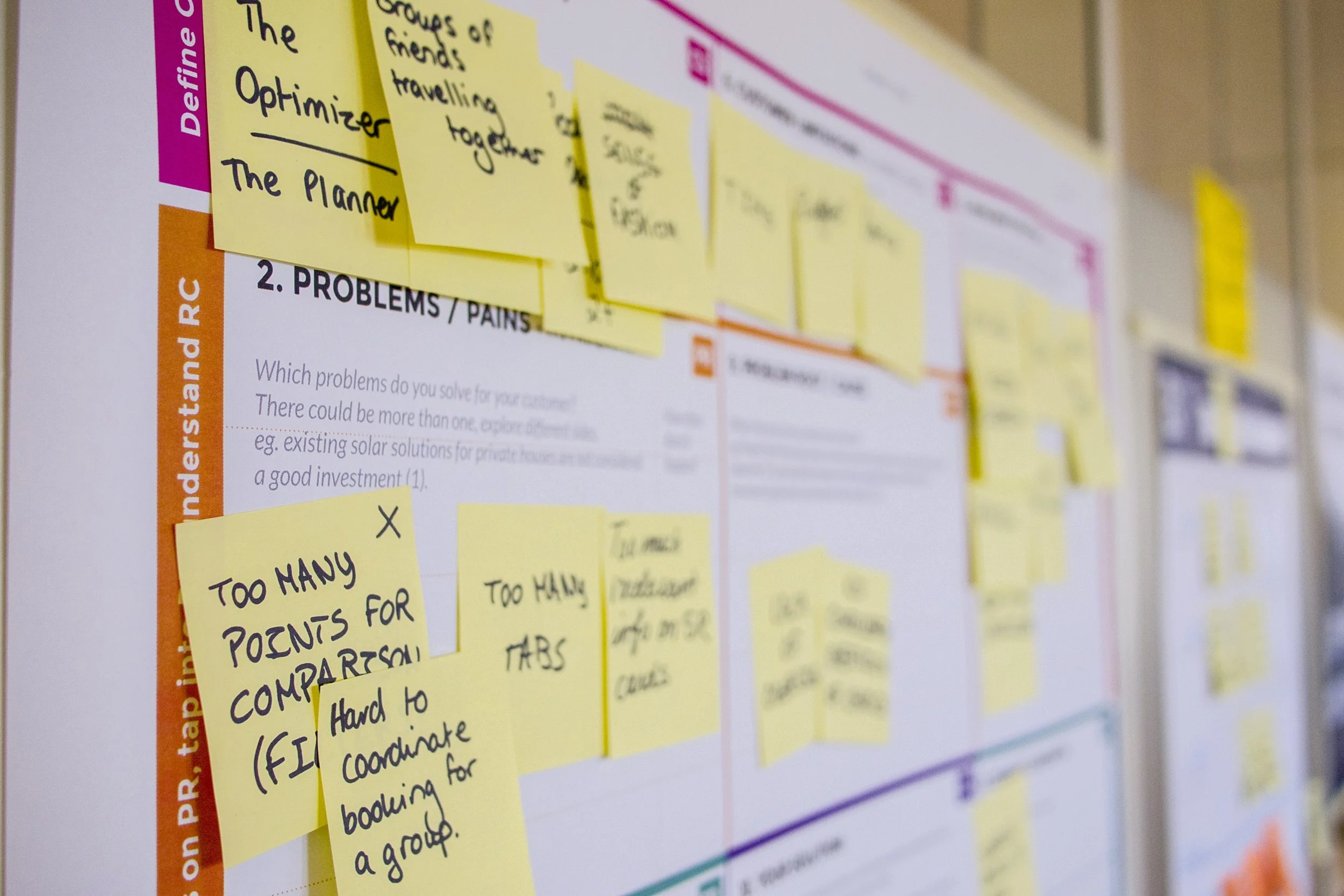
Redesign HK Challenge Toolkit
To help you along the way, we have broken down each Design Thinking stage into more detailed steps.
Remember to document and reflect throughout the entire process as you will be asked to create a summary video at the end. All teams will be reviewed according to the following criteria: empathy, creativity, thoughtfulness, feasibility, and need.
It involves five stages, which according to the Stanford d.school, are:
Empathize: research your users’ needs
Define: state your users’ needs and problems
Ideate: challenge assumptions and create ideas
Prototype: start to create solutions
Test: try your solutions out
Note: these stages are not always sequential and can occur in parallel or be repeated.
But First, What is Design Thinking?
Design Thinking is a human-centered problem-solving approach that allows people to address a vast range of challenges through understanding users, challenging assumptions, redefining problems, and creating innovative solutions.
Helpful Resources on Design Thinking:
The Design Thinking Process by Sprouts
What Is Design Thinking? An Overview by AJ&Smart
An Introduction to Design Thinking Process Guide by Hasson Plattner, Institute of Design at Stanford
Source: uxdesign.cc
Got Questions?
Email us at hello@lynker.co
Sources:
“Design thinking and its 5 stages” https://bootcamp.uxdesign.cc/the-process-of-design-thinking-and-its-5-stages-c6df8c08d5c2
“The 5 Stages in the Design Thinking Process” https://www.interaction-design.org/literature/article/5-stages-in-the-design-thinking-process
“Design Thinking Process” https://www.stephaniebaseman.com/design-thinking-process
“The 5 Phases of Design Thinking”
https://www.ama.org/marketing-news/the-5-phases-of-design-thinking/#:~:text=The%20short%20form%20of%20the,%2C%20ideate%2C%20prototype%20and%20test.
“The Key Principles and Steps of the Design Thinking Process” https://careerfoundry.com/en/blog/ux-design/design-thinking-process/
"Empathy Mapping: The First Step in Design Thinking” https://www.nngroup.com/articles/empathy-mapping/
“Using ‘How Might We’ Questions to Ideate on the Right Problems” https://www.nngroup.com/articles/how-might-we-questions/
“How Might We” https://www.designkit.org/methods/3
“Define and Frame Your Design Challenge by Creating Your Point of View and Ask ‘How Might We’”
https://www.interaction-design.org/literature/article/define-and-frame-your-design-challenge-by-creating-your-point-of-view-and-ask-how-might-we






